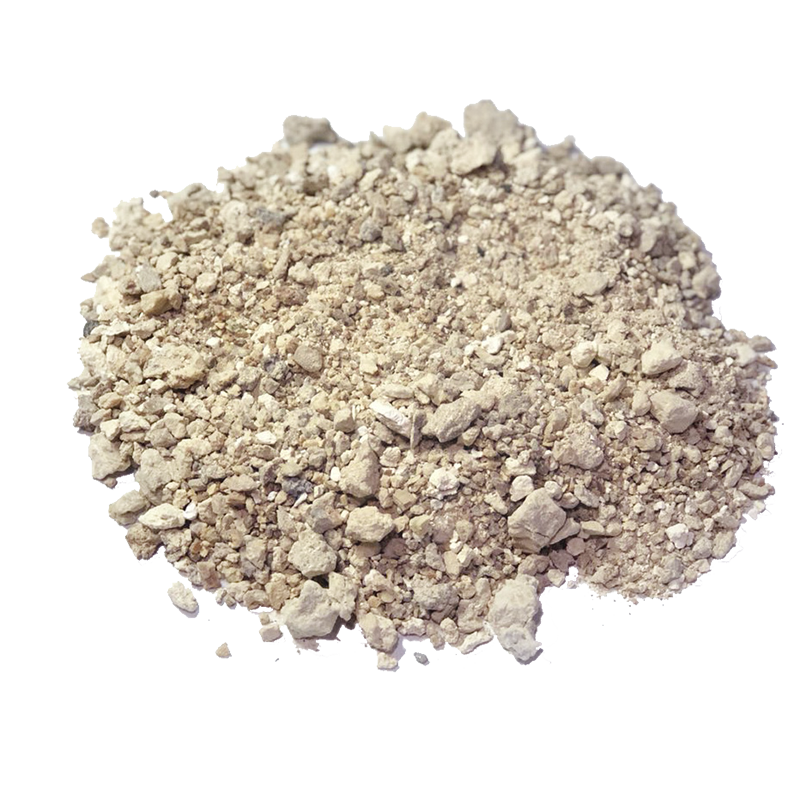
Dead Burnt Magnesite
Dead Burnt Magnesite is produced in the Rotary Kiln by sintering raw magnesite at a controlled temperature of 1750 degrees centigrade and is chemically inactive. Dead Burnt Magnesite is consumed almost exclusively in the production of Refractory Field.
Similar to the production of lime, magnesite can be burned in the presence of charcoal to produce MgO, which, in the form of a mineral, is known as periclase. Large quantities of magnesite are burnt to make magnesium oxide: an important refractory (heat-resistant) material used as a lining in blast furnaces, kilns and incinerators.
Usage of Dead Burnt Magnesite:
Refractory Field
‘Light burnt’ product generally refers to calcination commencing at 450 °C and proceeding to an upper limit of 900 °C – which results in good surface area and reactivity. Above 900 °C, the material loses its reactive crystalline structure and reverts to the chemically inert ‘dead-burnt’ product- which is preferred for use in refractory materials such as furnace linings.
Chemical formula:
MgCO3
Appearance:
Colorless, white, pale yellow, pale brown; crystal habit, usually massive, rarely as rhombohedrons or hexagonal prisms
